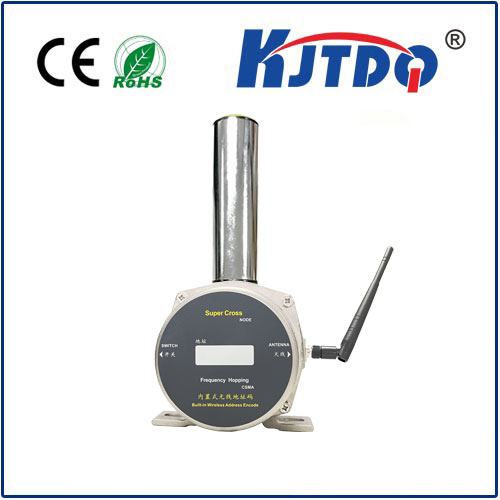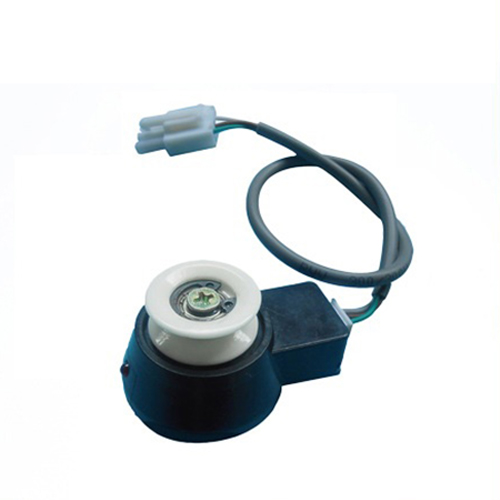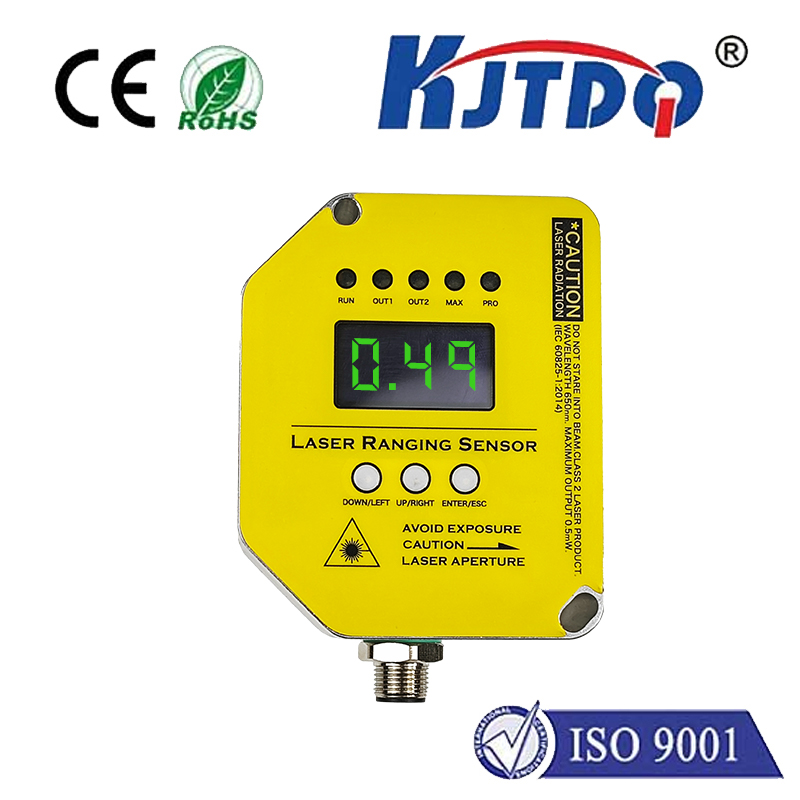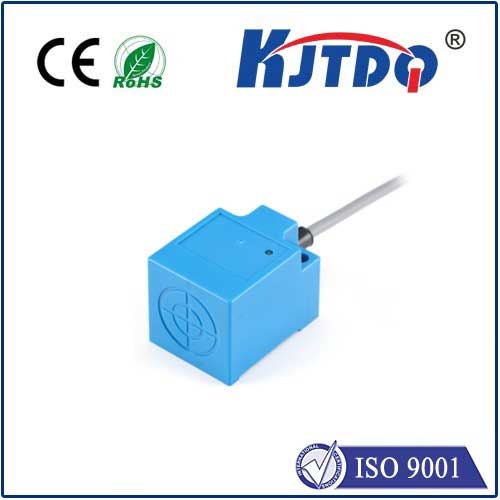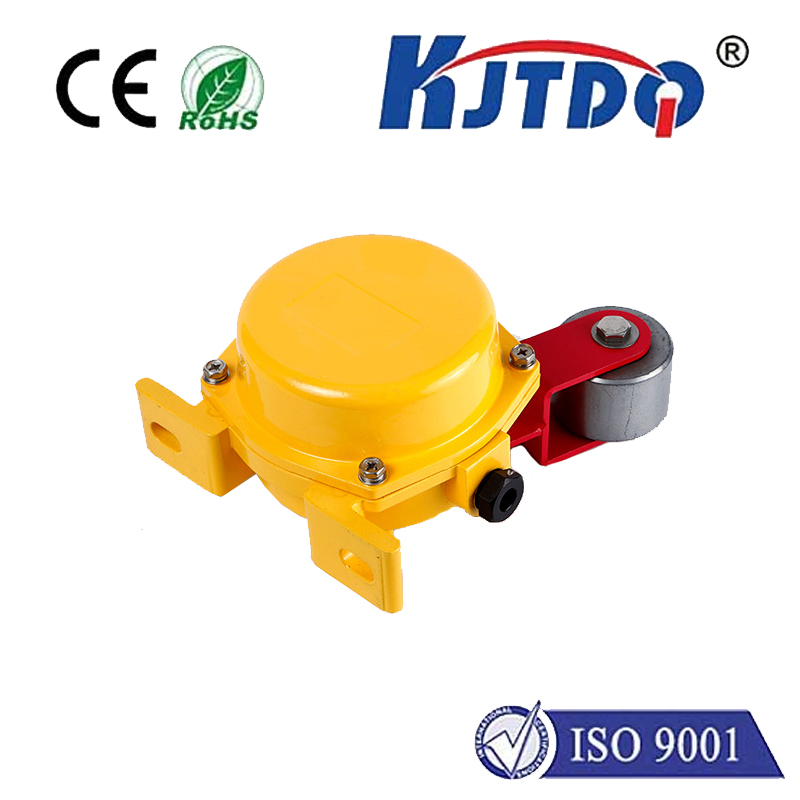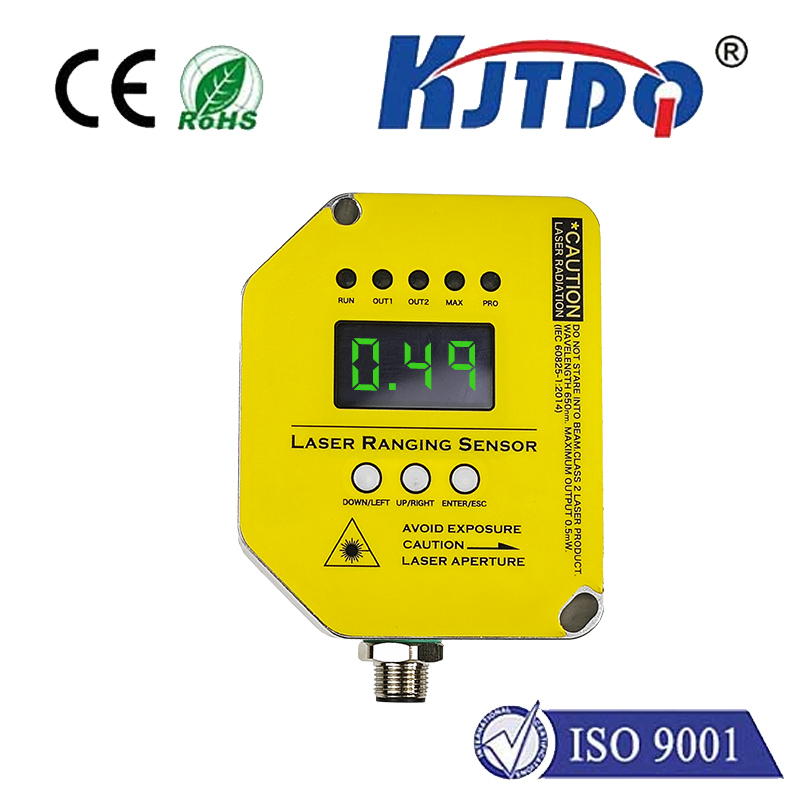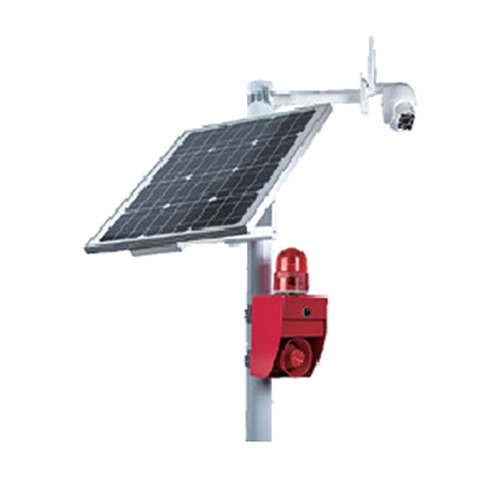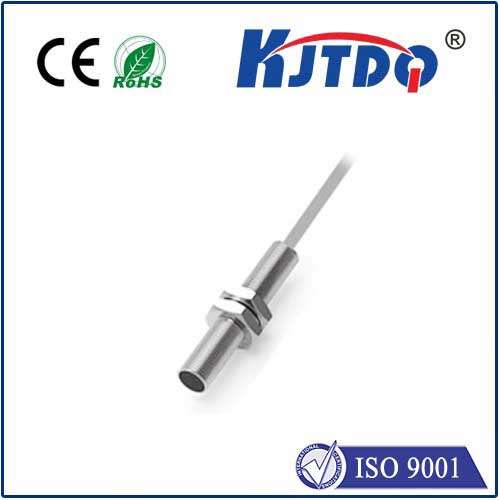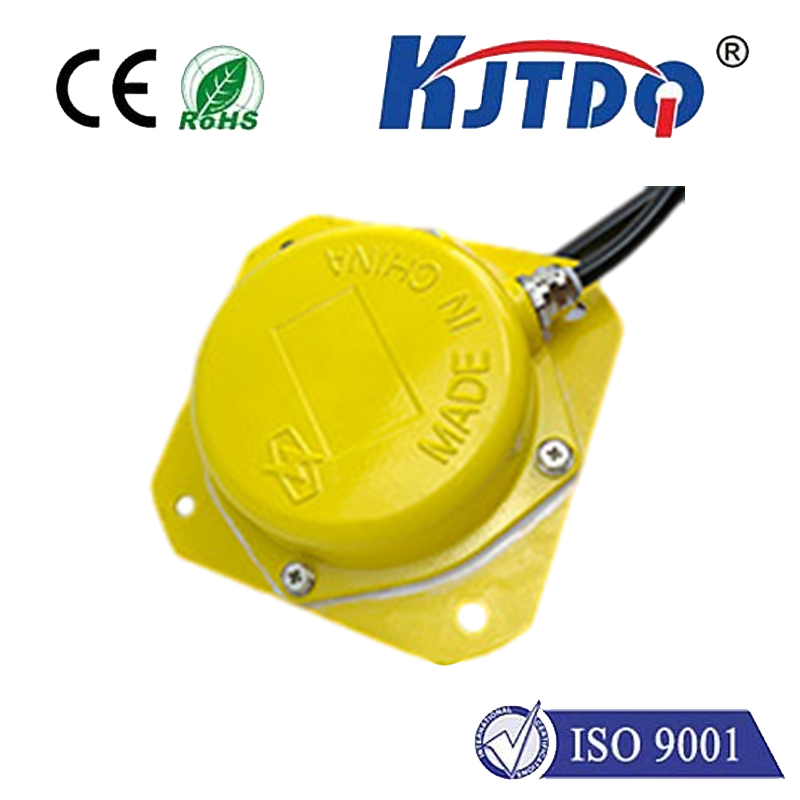roller shutter motor limit switch
- time:2025-08-07 03:47:09
- Click:0
The Silent Sentinel: Understanding the Crucial Role of Limit Switches in Roller Shutter Motors
Your roller shutter motor hums reliably, raising and lowering your security barrier day after day. But what prevents it from grinding gears or straining components when the shutter reaches its fully open or closed position? The unsung hero working tirelessly behind the scenes is the roller shutter motor limit switch. This small, often overlooked component is the guardian angel of your entire system, ensuring smooth operation and preventing costly damage. Without it, the simple act of opening or closing your shutter could become a risky operation.
What Exactly is a Roller Shutter Motor Limit Switch?
Imagine pushing a button that instantly tells the motor, “Stop! You’ve gone far enough.” That’s essentially the core function of a limit switch. Installed directly within the motor housing or on the gear assembly of an electric roller shutter motor, this device acts as a precise position sensor. Its primary mission is to detect when the roller shutter door has reached its predetermined upper (fully open) or lower (fully closed) travel limit. Upon detection, it sends an immediate electrical signal to the motor’s control unit, instructing it to cut power and halt movement instantly.
Understanding the Mechanics: How Do They Work?
Roller shutter motors typically drive the shutter via a rotating tube. The limit switch mechanism cleverly links to this rotation:
- The Positioning Cam: A key component attached to the motor’s output shaft rotates as the shutter moves. Adjustable setting cams are positioned precisely on this shaft to correspond with the desired open and closed limits of your specific roller shutter door.
- The Trigger: As the motor operates and the shutter approaches its end position, the rotating cam physically interacts with a lever or plunger on the limit switch.
- The Signal: This physical contact (or lack thereof, in magnetic types) triggers the switch to change its electrical state. It opens or closes a circuit.
- The Stop Command: This change in the circuit state is instantly interpreted by the motor’s control board. The board reacts by stopping power delivery to the motor, bringing the roller shutter to a precise and safe halt.
The Two Main Champions: Types of Limit Switches

Two primary types dominate roller shutter motor applications due to their reliability and simplicity:
- Mechanical Limit Switches: These are the most common workhorses. They rely on physical contact between the rotating cam and a spring-loaded actuator lever or plunger on the switch itself. When the cam presses the lever, it physically moves internal contacts to break or make the circuit. They are robust and cost-effective but can wear over time due to the physical contact.
- Magnetic (Reed) Limit Switches: Offering a contactless solution, these switches use a small magnet embedded in the rotating cam. As this magnet passes very close to the magnetic reed switch (housed within the unit), the magnetic field causes the internal reeds to snap together or apart, changing the circuit state. This design eliminates mechanical wear, enhancing longevity and reliability, often favored in higher-end motorized roller shutter systems.
Why the Fuss? The Critical Importance of Limit Switches
The roller shutter motor limit switch isn’t a luxury; it’s fundamental to the system’s safety, longevity, and performance:
- Preventing Catastrophic Damage: This is the most vital role. Without a functioning limit switch, the motor would continue to drive the shutter beyond its designed travel limits. This can lead to:
- Motor Burnout: Straining against an immovable obstacle causes the motor to overheat drastically, potentially destroying its windings. Replacing a burnt-out motor is expensive.
- Gear Damage: The gearbox inside the motor experiences extreme stress, stripping gears or breaking shafts.
- Shutter Damage: The shutter slats, guides, or bottom bar can be buckled or twisted as the motor forces movement where none is possible.
- Overcoming Inertia Smoothly: Roller shutters have significant mass and inertia. Abrupt electronic stopping via the limit switch is far gentler than the shuddering impact caused by the shutter physically slamming against its end stops. This protects both the shutter structure and the motor components.
- Ensuring Consistent Operation: Properly calibrated limit switches guarantee the shutter opens just enough for clear access and closes perfectly for security and insulation. No guesswork, no partial closures leaving gaps.
- Enhancing Safety: Reliable stopping prevents dangerous situations, like the shutter unexpectedly continuing to descend onto an object (or person) below after reaching the floor, or straining upwards against an obstruction.
- Extending System Lifespan: By preventing mechanical overloads, reducing stress, and enabling smooth stops, the limit switch significantly contributes to the longevity of the entire motorized roller shutter system. It’s a small investment protecting much larger ones.
Installation and Critical Calibration
While limit switches are integral to the motor assembly, their effectiveness hinges entirely on precise setting or calibration. This process involves:
- Physical Adjustment: Mechanically positioning the open and close cams on the motor’s output shaft relative to the shutter’s actual travel.
- Electronic Teach-In (Modern Motors): Many contemporary roller shutter motors feature automatic calibration routines. Typically, the installer manually runs the shutter to the desired open and close positions and presses a “learn” button, allowing the control board to memorize these points electronically, often utilizing sensors within the switch mechanism.
Accurate calibration is non-negotiable. Incorrect settings mean the motor stops too early (leaving the shutter partially open/closed) or, worse, too late (risking the very damage the switch is meant to prevent). Professional installation is highly recommended to ensure this calibration is performed correctly, safeguarding your investment.
Troubleshooting: Signs of a Limit Switch Issue
Pay attention if your motorized roller shutter exhibits:
- Failure to Stop: At either open or close position, continuing to strain against the end stops. This requires immediate attention to prevent motor burnout.
- Stopping Prematurely: The shutter halts significantly before reaching the fully open or closed position.
- Inconsistent Stopping Points: The shutter stops at slightly different locations each cycle.
- Motor Humming Without Movement: Often occurs when the shutter is at a limit but the motor tries to run because the switch isn’t signaling “stop” correctly.
Maintaining Your Silent Guardian
Fortunately, limit switches themselves require minimal maintenance. Their biggest enemies are physical damage, excessive dirt/grime ingress, or wear (primarily mechanical types). Keeping the motor housing clean and ensuring the shutter track and mechanism operate smoothly reduces unnecessary stress that could affect switch performance indirectly. If issues arise, expert diagnosis is crucial, as symptoms could also stem from control board problems or mechanical binding.
Conclusion
The






